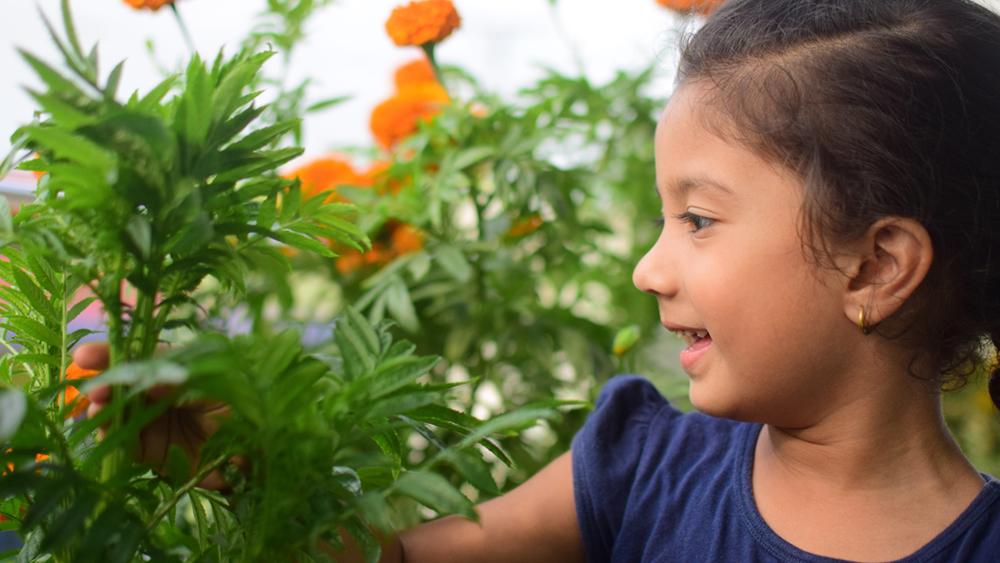How to Start a School Garden

Your school garden can be an outdoor classroom - a place to learn about healthy food, habitats and nutrition, a place where children enjoy and discover nature.
The key to a successful and sustainable school garden program is to define what you want to achieve and to partner with your community (school administrators, teachers, PTA/PTSA, facilities, and student leaders) on roles and responsibilities to keep the program going. The more people are involved, the more likely the garden will flourish. We recommend you create a vision for the garden and develop your goals and objectives:
Discuss the character and purpose of the garden, including:
• Your school's priority for the space
• Number of classes/children participating
• Primary uses (science, math, English, or a general place to gain confidence and enthusiasm for learning)
• Extra-curricular and community activities
• Roles of administrators, teachers, students, parents, volunteers
• What is the theme of the garden? Garden themes to consider:
- Edibles
- Butterfly and bee habitat
- Native plants
Decide how to integrate curriculum into the garden
• Will the whole school utilize this garden or only certain classes?
• Are there existing structures in place to support programs such as school-wide composting, reduce/reuse/recycling, Green team?
• Determine interest, experience levels and availability of teachers to commit to a program
• Design lesson plans around the garden theme
• Determine level of parent involvement, and if parents and teachers teach together to reinforce class-based activities with outdoor learning
• Decide if there is need for a garden coordinator to assist the garden curriculum integration
Analyze and examine your site (see guidelines for Community Gardens)
• Condition and type of soil
• Climate
• Water
• Fencing and access
• Size and shape
• Plan plots or raised beds
Other considerations
• Budget
• Security (to discourage vandalism, for example)
Create a sustainable maintenance schedule for the long term
• Assign responsibilities for garden tasks and create a schedule that can be passed along each year to volunteers, staff and children
• Plan a maintenance schedule for vacation time
Include:
• Documenting a watering schedule for different seasons
• Safety guidelines to proper handling of tools, soil amendments, etc
• Yearly inspection of any irrigation materials for leaks, opportunities to save water, etc.
• A weed suppression schedule by mulching around beds and removing weeds before they go to seed
• Soil amendment schedule with compost or cover crops
Quick equipment list
• Fencing
• Irrigation system - electronic, hose, soaker hoses or watering cans
• Hand tools: trowels, shovels, rakes
• Soil and compost
• Garden gloves (varying sizes)
• Wheelbarrow
• Rakes • Potting table
• Hoes • Stakes, sticks, string
• Spades • Shade structure (if needed)
• Hose • Materials for pathways and mulch
• Buckets • Pruning shears
RELATED:
HOW TO START A COMMUNITY GARDEN
MORE RESOURCES FOR SCHOOL GARDENS:
Collective School Garden Network
Center for Ecoliteracy
Life Lab Garden-Based Education
Edible Schoolyard Project
School Garden Support Network
Kids Gardening
Dig It, Grow It, Eat It Garden Curriculum
Need consulting help for your school garden?
CONTACT US
SchoolandCommGardens@marinmg.org
